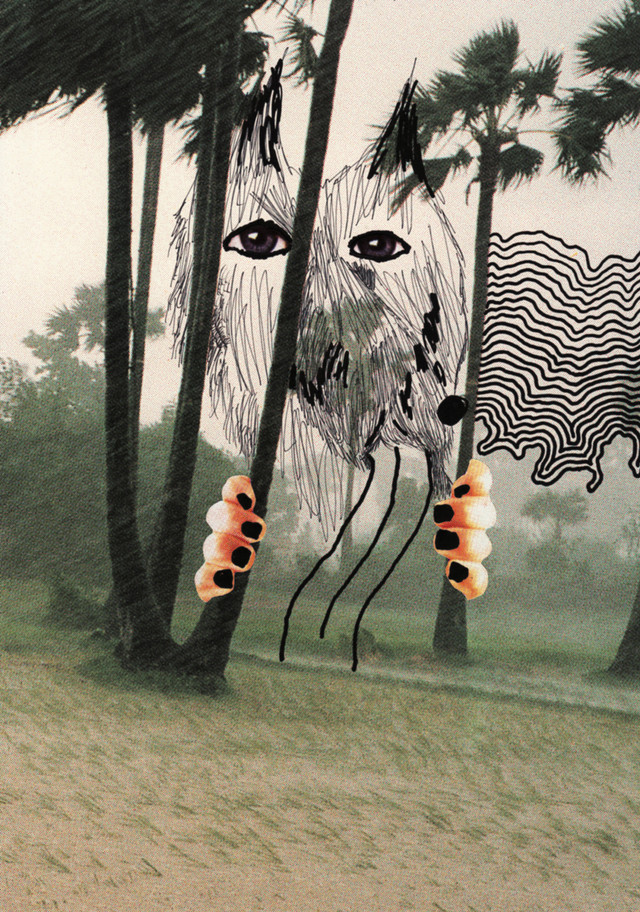Press Release
To mark the city festival "Antwerp Baroque 2018. Rubens inspires," the Middelheim Museum has asked internationally renowned artists from different disciplines to present new or existing work inspired by the innovative ideas of baroque landscape architecture. Experience Traps is a collection of enormously diverse works at the interface between architecture, sculpture, installation and performance which will be set up in the Middelheim Museum and a number of city centre locations during the summer of 2018.

Experience Traps
Middelheim Museum, Antwerpen (Belgium)
01.06 - 23.09.2018

Exhibition June 01 -

© ArtCatalyse International / Marika Prévosto 2018. All Rights Reserved
© Dennis Tyfus

A seductive ode to the imagination
With Experience Traps, the Middelheim Museum highlights a contemporary legacy of baroque, focusing in particular on the tension between the natural and the artificial. Internationally renowned artists have been invited to present new or existing work , based on the body of ideas that underpins baroque landscape architecture. This includes motifs such as the grotto, the labyrinth, the tableau vivant, the folly, botany, the fountain, the trompe l’oeil…
These constructions took centre stage in the heyday of baroque and rococo within landscape design of the aristocratic garden. The landowner arranged the garden so that a visit to it would become a must, by which the surprising experience created conversation and an opportunity for travel, meetings and gatherings. In addition to this, in the baroque era the botanical garden was strongly developed as a place where the exchange of knowledge and study were key.
In the garden of Rubens, we find traces of both garden plans: on the one hand a fascination for technological innovations in the form of automata and fountain installations, and on the other hand, the rare and exotic types of plants such as those printed by Cristoffel Plantijn in the Cruijdeboeck by Rembert Dodoens.
Although differing in principle (very exclusive or properly inclusive) a green space in both cases was reshaped into an environs controlled by human hand, used to convey a specific message to the visitors. A vantage point from the primacy of rationality and efficiency or just as an ode to freedom and imagination.
Today, these motives allow for whimsy, yet also a critical manner to observe "commissioned art" that plays with the location. It attempts—in the proper baroque tradition—to mystify the public, to surprise it, impress or seduce.
The park as a social space
The centuries-
Experience Traps lays stress on the activation of a physical and mental "self-
The artists
William Forsythe (USA) is a contributing artist and co-